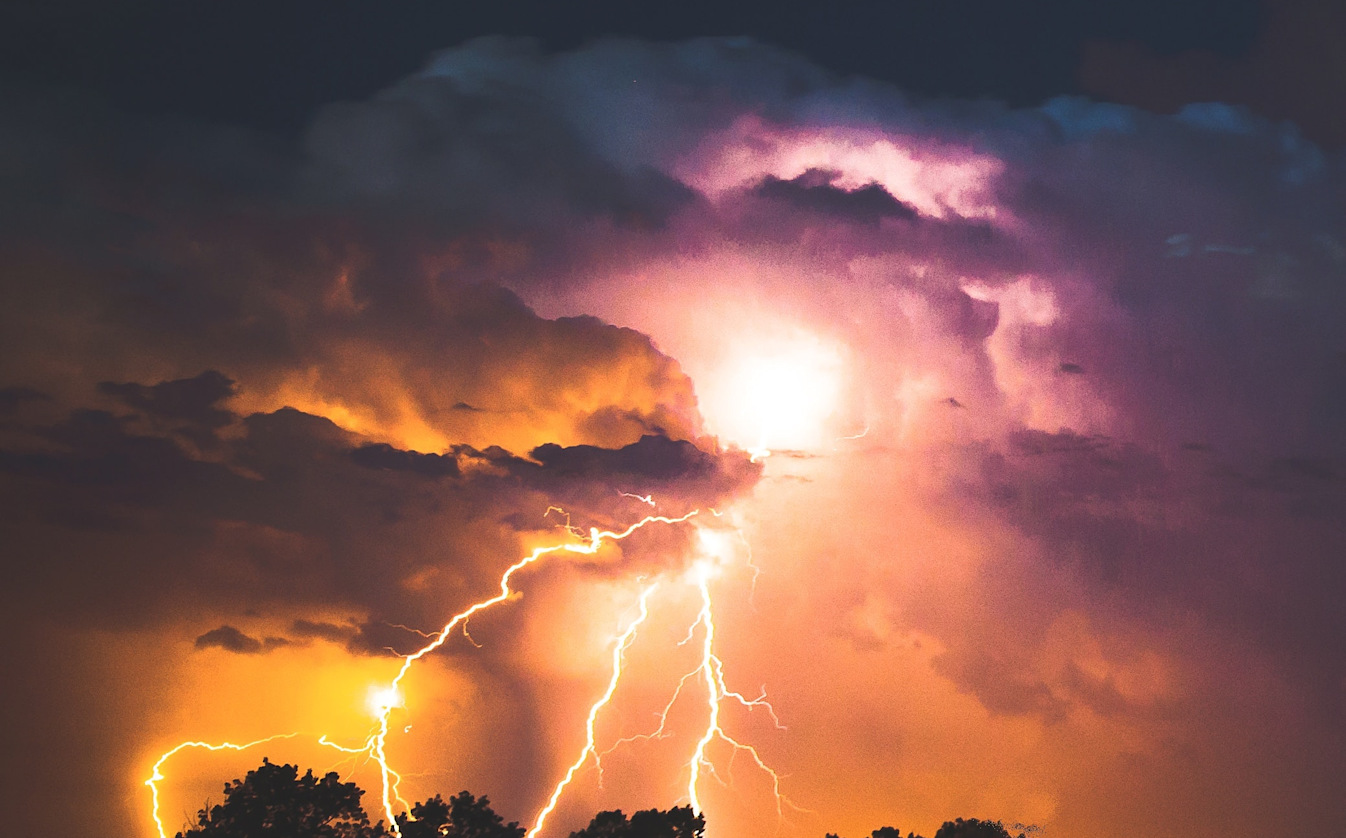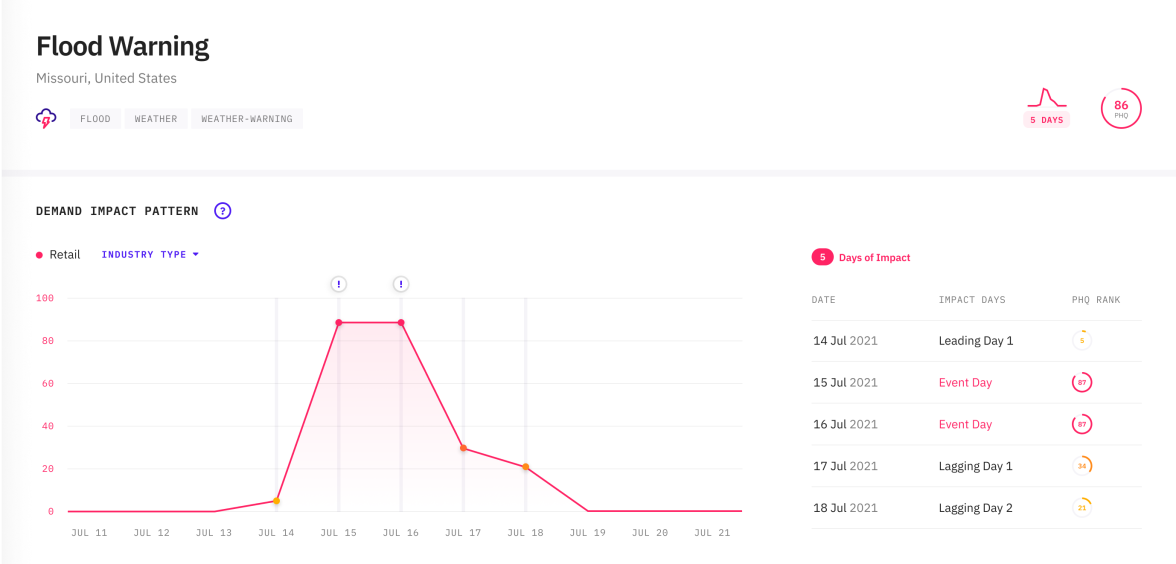We’ve created a rule-based model to rank Severe Weather events. The PHQ Rank indicates the severity of the bad weather, with using the Common Alerting Protocol (CAP) data. CAP is an international non-proprietary digital message format for all-hazard emergency events. By using CAP there is consistency in how it is implemented in different countries, making it easier to use. CAP features evaluate the event from three aspects: urgency, severity and certainty. For example, An event with an urgency of immediate (15), a severity of severe (36), and a certainty of observed (35) would have a PHQ Rank of 86.








